10 Ways to Spot a Fake Sports Card
Spotting a fake sports card can be tricky, but with the right knowledge, it is possible. First, take a close look at the card’s edges and corners, as authentic cards often have sharp, clean lines. Next, check the card’s surface for any printing irregularities. You should also examine the texture of the card since real sports cards have a specific feel to them. By paying attention to these details, you can avoid being misled by counterfeit cards.
This post may contain affiliate links, which helps keep this content free. Please read our disclosure for more info.
Inspect the Card’s Edges and Corners
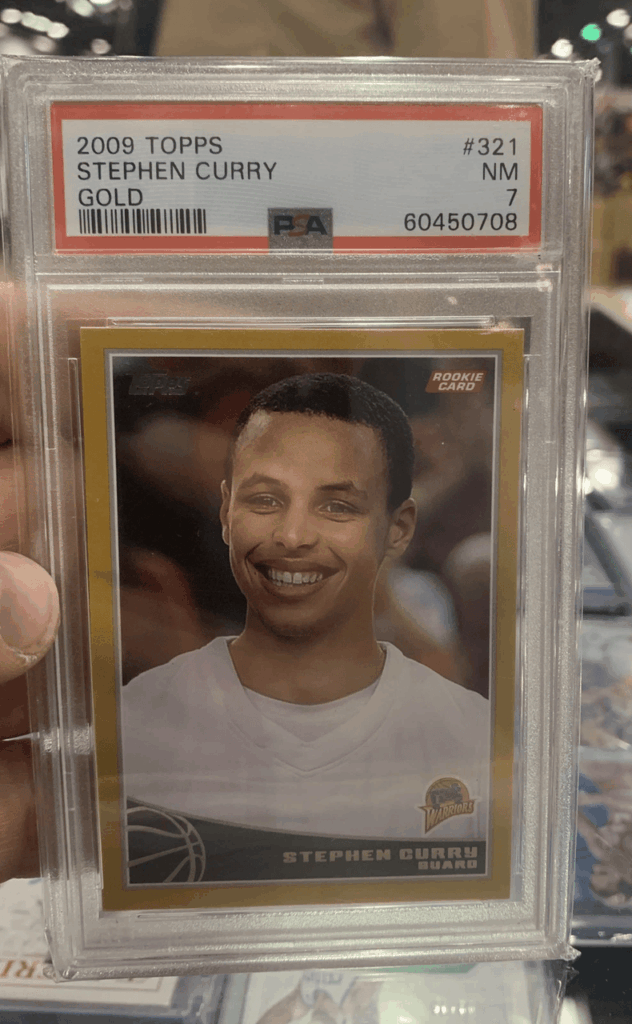
The edges and corners of a sports card are key indicators of its authenticity. Genuine cards often have sharp, clean edges with no fraying or unevenness, while counterfeit cards may have rounded or poorly cut corners. This is particularly noticeable when examining cards from the 1980s and 1990s, which were made with high precision. If you notice any signs of peeling or roughness on the edges, it could be a sign that the card is a reproduction or a fake.
In addition, pay attention to the card’s texture. Real sports cards have a smooth and consistent feel along the edges, while fakes may feel rough or flimsy. If the card feels too soft or too rigid in your hand, it may not be authentic. By closely inspecting the edges and corners, you can quickly narrow down potential fakes and avoid purchasing them.
Check the Card’s Print Quality
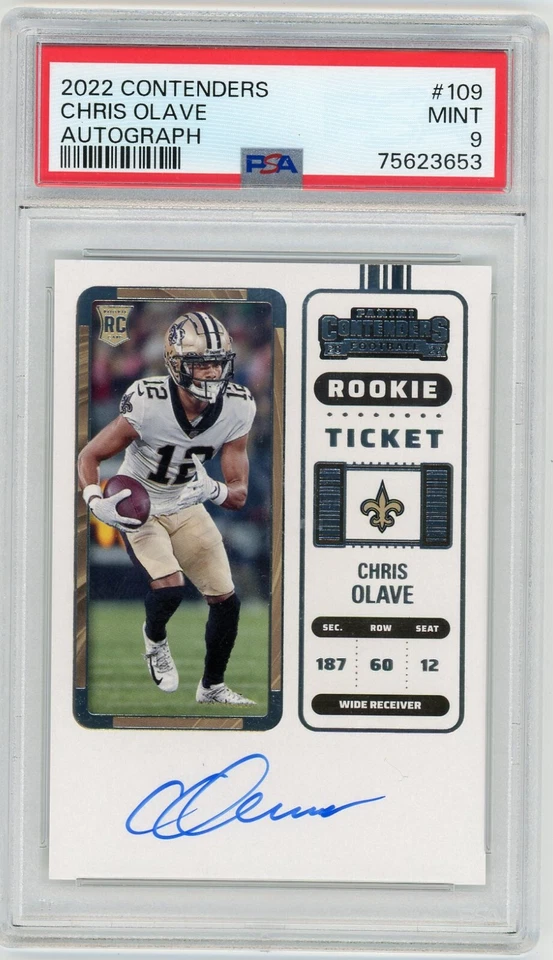
Print quality is one of the most reliable methods for spotting fake sports cards. Authentic cards typically have crisp, clear printing with sharp details and vibrant colors. Counterfeit cards often have blurred text or images, with smudges or faded colors that do not match the original. If the print on the card looks off or lacks fine detail, it is a red flag for a fake.
Take a magnifying glass or loupe to closely examine the print. Real cards often use high-quality printing methods that result in fine lines and sharp borders. On the other hand, fake cards may have grainy patterns or uneven ink distribution. Checking the print quality can save you from buying a poorly reproduced card.
Examine the Card’s Thickness
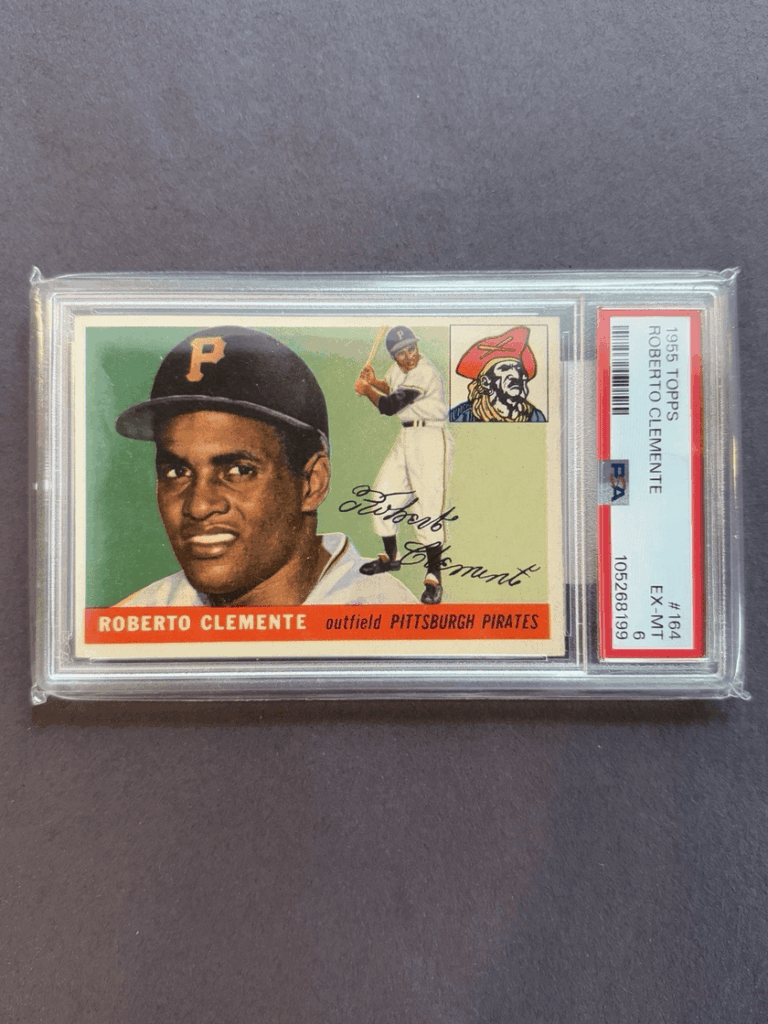
The thickness of a sports card is an important factor in determining its authenticity. Authentic cards generally have a standard thickness that is consistent across the entire production line. If the card feels too thin or too thick, it is likely a reproduction. Genuine sports cards from companies like Topps, Panini, or Upper Deck all maintain a specific thickness that should be easy to spot.
In addition to feeling the card, you can also compare it with other known authentic cards. Hold up the card next to a card you know to be genuine, and see if there are any noticeable differences in thickness. Fake cards are often printed on cheaper materials, which can lead to inconsistencies in their dimensions. A mismatch in thickness is an obvious sign that the card may not be real.
Look for the Hologram or Security Features
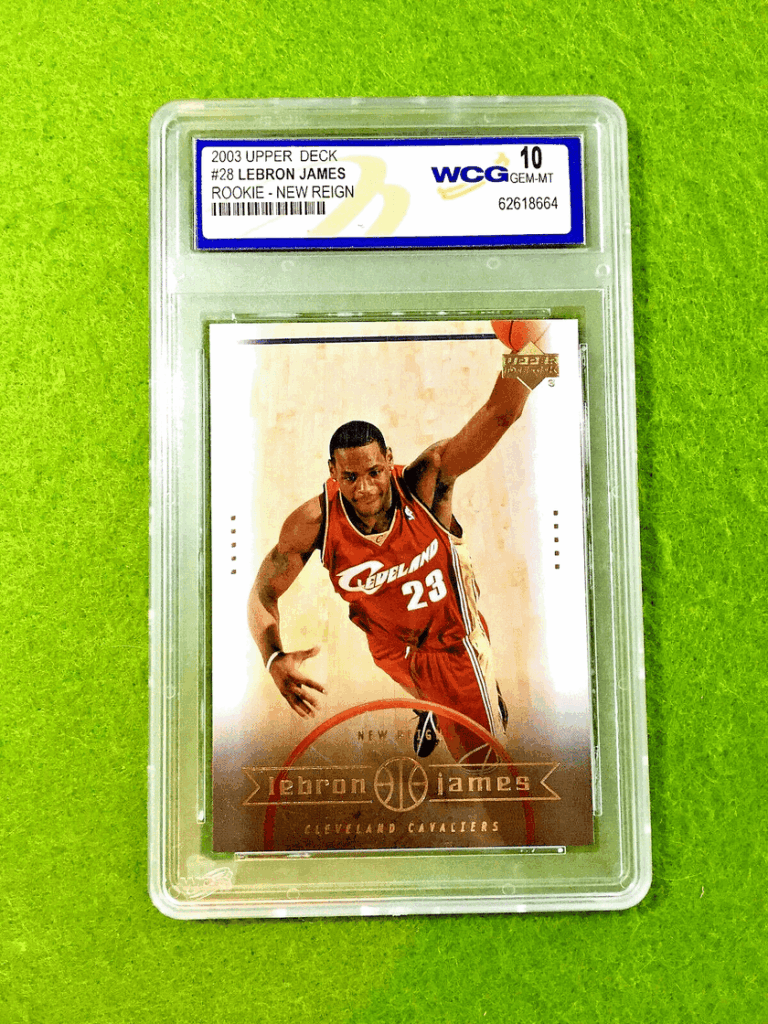
Many sports cards, especially modern ones, come with holograms or other security features to prevent counterfeiting. These features can include foil stamping, serial numbers, or watermarks that are difficult to replicate. When examining a card, make sure to inspect the hologram closely, as counterfeits often fail to reproduce them accurately. A genuine hologram should be smooth, clear, and change color or shape when tilted.
If the card is missing a security feature or if the hologram is poorly executed, this is a strong indication that it is a fake. Some modern cards also include QR codes or codes that you can scan to verify their authenticity. Always double-check these features before purchasing a high-value card, as counterfeiters often overlook these crucial details.
Analyze the Card’s Printing Method
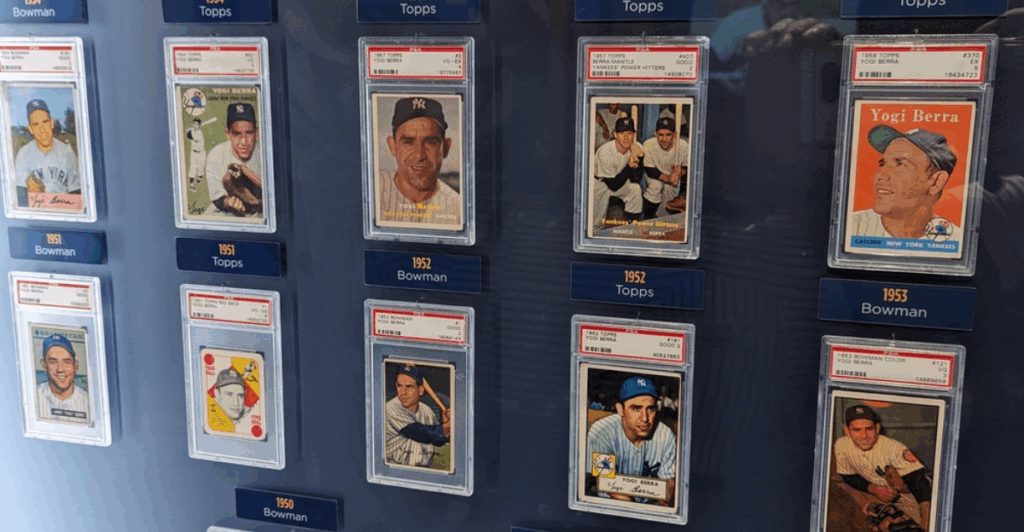
The method used to print a sports card can help distinguish authentic cards from fakes. Older cards were often printed using a process called offset printing, which produces small dots when viewed under magnification. Modern cards, on the other hand, may use digital or inkjet printing, which can result in a smoother finish. If you notice a pattern of dots or irregularities in the printing, this could suggest the card is a fake.
To spot printing errors, use a magnifying glass or loupe to inspect the card’s surface. Look for any tiny misprints or irregular color patterns, which are common in counterfeit cards. Counterfeit cards often fail to match the printing technique and quality of the original, making this a helpful way to spot a fake.
Compare the Card’s Font and Text
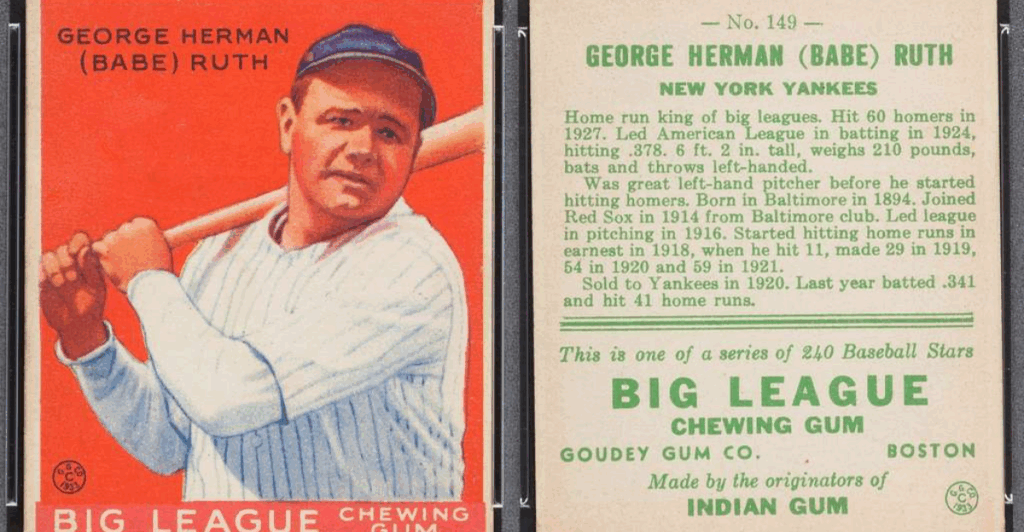
Fonts and text styles used on authentic sports cards are often consistent and precise. Fake cards may use incorrect or inconsistent fonts, which can be a clue that the card is not real. Look for any differences in the font size, spacing, or weight of the text. These subtle differences can indicate that the card has been poorly reproduced.
When checking the text, pay close attention to the logo and player name placement as well. Authentic cards follow specific design standards that counterfeit cards may not replicate. If the font appears off or inconsistent with other known authentic cards, it is likely a sign of a fake.
Examine the Card’s Serial Number
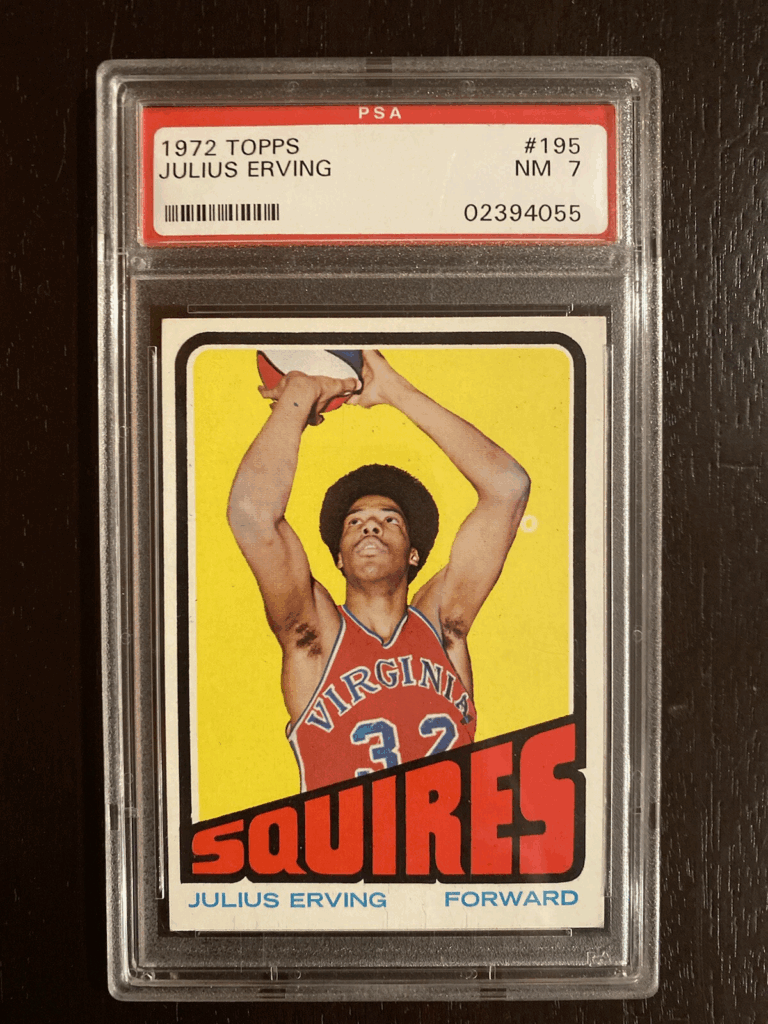
Many modern sports cards feature a serial number to distinguish them as limited-edition or special prints. Counterfeit cards often lack a serial number or have one that does not match the known number range for that particular card. If the serial number is printed incorrectly or is not consistent with authentic cards from the same series, it is a red flag.
To verify the serial number, you can check with the manufacturer or use online databases for confirmation. Authentic cards should have a unique, consistent serial number format. If the number is missing or does not match the expected format, you may be looking at a counterfeit.
Research the Card’s Year and Design
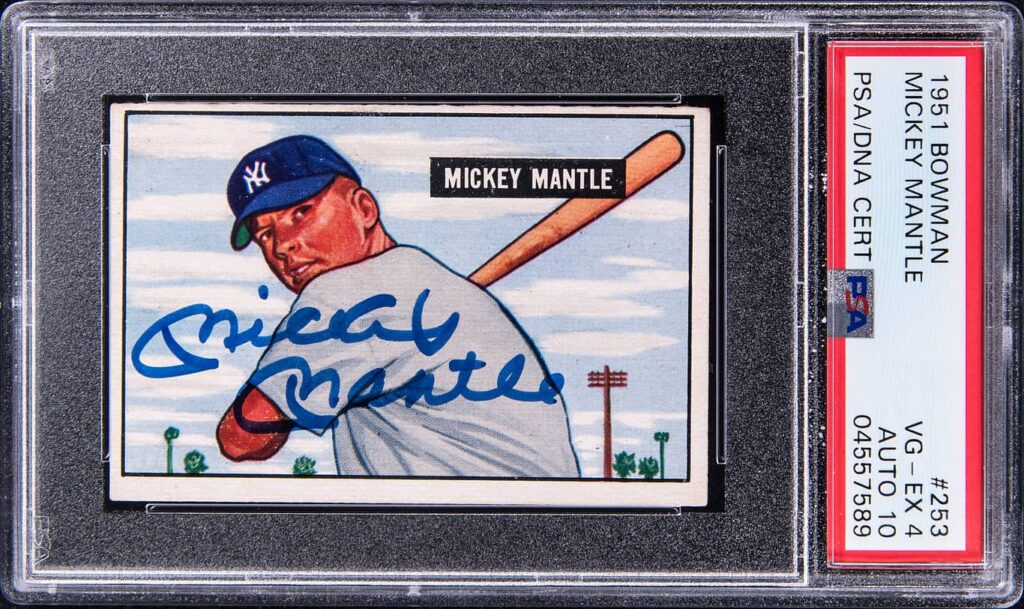
Each year, sports card manufacturers release new designs, and these designs are carefully planned and executed. Fake cards may have design elements that do not match the official releases for that year. Look for any mismatched logos, player images, or incorrect design choices. This is particularly helpful when dealing with vintage cards, as counterfeiters sometimes mix and match designs from different years.
By doing some research and comparing the design details of your card with authentic examples, you can easily spot discrepancies. A mismatch in the design can be a clear indicator that the card is not real. Always make sure to check the year and design to confirm the card’s authenticity.
Inspect the Card’s Texture and Feel
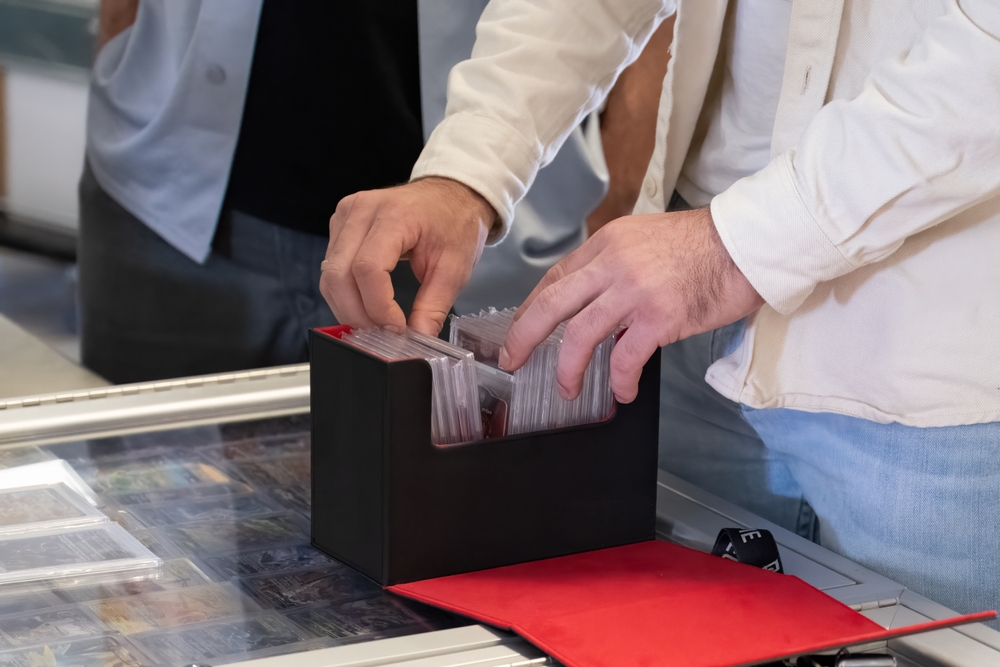
The texture and feel of a sports card can provide valuable insights into its authenticity. Genuine cards have a unique texture that can be felt when you run your fingers over them. Fake cards often feel overly smooth or have a rough texture that does not match the original. By feeling the card’s surface, you can often tell if it is real or fake.
Additionally, older cards may feel more worn or have a slightly different texture due to age. Comparing the card’s feel with other known authentic cards is a good way to spot counterfeits. Pay attention to the card’s texture, as it can be a helpful clue in determining its authenticity.
Confirm the Card’s Production Source
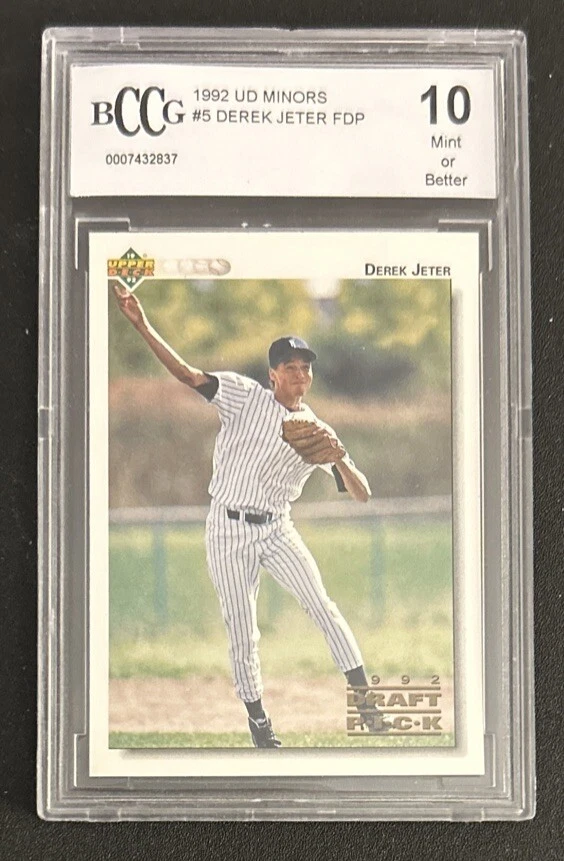
One of the best ways to spot a fake sports card is by confirming the card’s production source. Reputable manufacturers, such as Topps, Upper Deck, or Panini, have strict production standards that counterfeiters struggle to replicate. Check for any signs that the card was produced by a third-party company or lacks branding from the original manufacturer. If the card’s origin seems unclear, it may not be genuine.
By researching the manufacturer and production details, you can ensure that the card comes from a trusted source. Be cautious of cards that do not have any clear branding or come from unknown sources. Authentic sports cards should be easily traceable to a well-known producer.
This article originally appeared on Avocadu.
